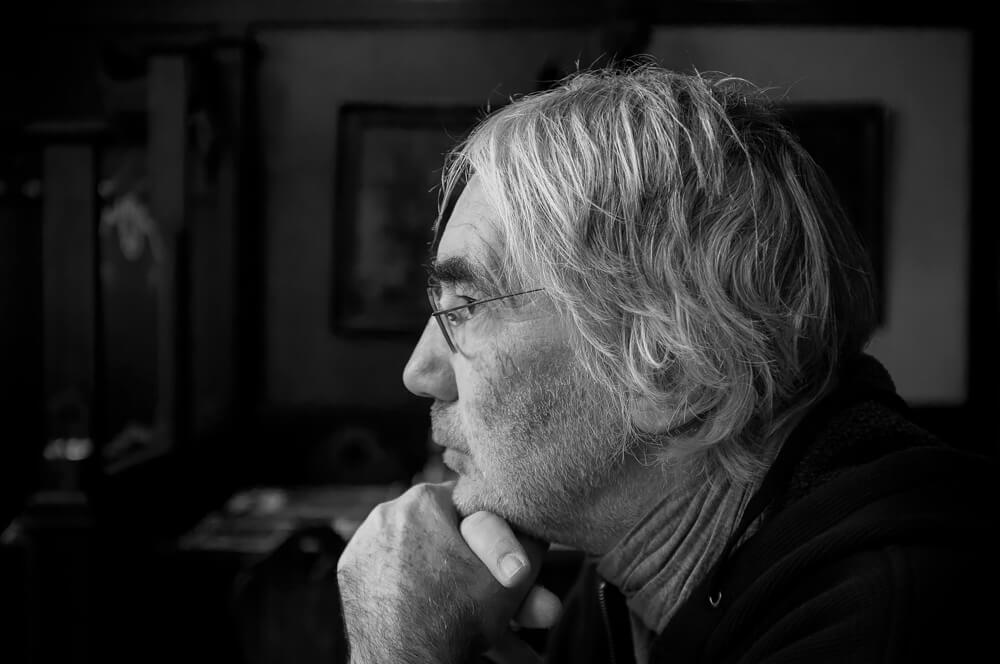Axel Breutigam is a German-born Canadian Fine Art Black and White Photographer, located in Vancouver, BC, Canada.
Breutigam started photography at an early age, with an Agfa Box Camera, gifted to him by his father. His interest in photography developed into a serious practice around the age of sixteen, when he purchased his first SLR camera and turned his bathroom into a darkroom to self-develop his b&w photos.
However, his photographic practice was cut short as his career as an attorney and CPA as well as family took precedence for much of his adult life. Although he practiced photography during any spare moment available, from family vacations to business trips around the world, it was not until he sold his law firm in 2002 and moved with his family to Vancouver, BC that he was able to devote his time fully to his art.
In 2013/14 Breutigam got the chance to study with Alan Ross (Ansel Adams' former assistant and the exclusive printer of Adams' Yosemite Special Edition Negatives). Under Ross Breutigam enhanced his technical skill and was taught how best to use digital processing techniques that emulate the darkroom prints of earlier decades. Both Ansel Adams and Alan Ross have been influential artists for Breutigam, and although he emphasizes that he deliberately does not replicate their styles, he is inspired by the exquisite tonality and quality of their works.
Breutigam shoots in black & white exclusively; rather than dictate the colors of a particular image to his audience, monochrome encourages them to imagine, from their own unique perspective, how the scene may have appeared at the time of the photograph; also, monochrome photographs give room for the viewers' own interpretations of his photographs.
Breutigam, meanwhile an award-winning photographer, hopes that his compositions inspire people to reflect upon their surroundings, and enable them to appreciate the often overlooked beauty found in urban environments and nature. His attention to detail, visual aesthetics, and unique perspective indeed empowers his viewers with this opportunity.
Since 2014 Breutigam's work has been exhibited at seven Solo- and eight Group-Shows.
Breutigam has published three Photography Books.
